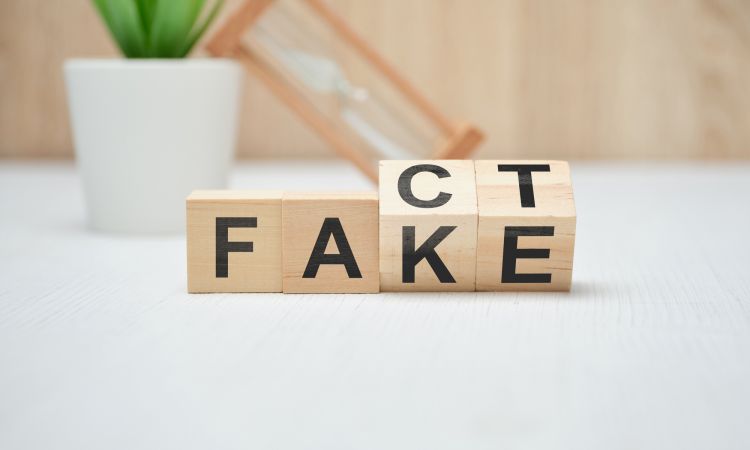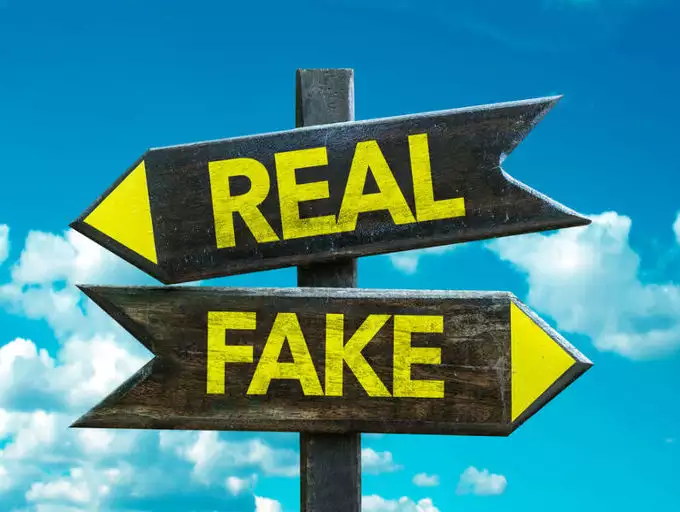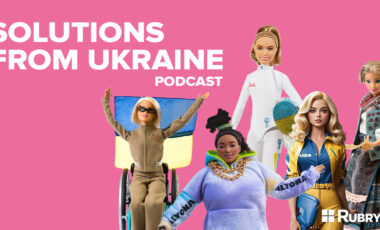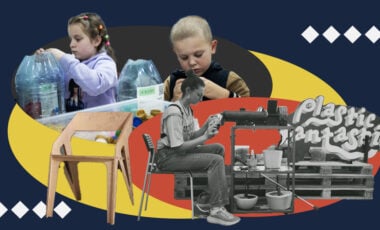Protect yourself: information hygiene in wartime
We're preparing an "information bulletproof vest" to preserve the truth and common sense during the war.
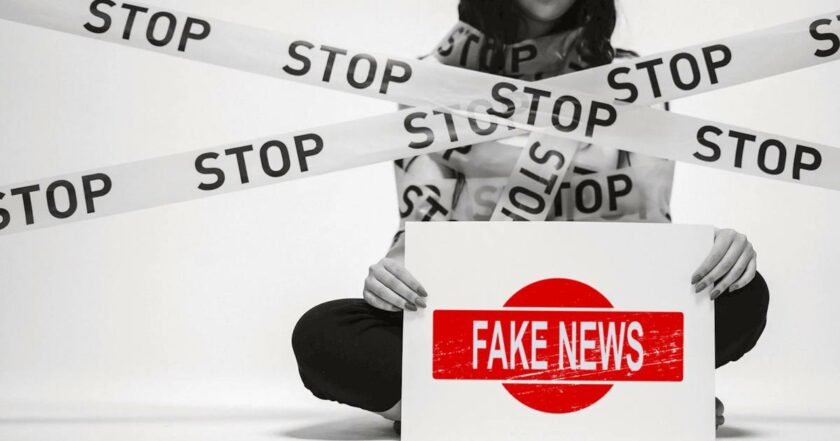
What is the problem?
Rewriting history, distorting facts, changing the context, and producing misconceptions—these methods have long been used as weapons. But in the digital society, information warfare has become as dangerous as a rocket: the enemy mercilessly attacks the civilian population with both.
Why would an aggressor deceive civilians? There are several good reasons:
- to make you doubt your position—"maybe there were bio laboratories?";
- to make people question the government's actions and reduce the level of its support (the aid to the Ukrainian forces and volunteers will decrease);
- to provoke collaborationism and division in society—to find weak links and pull them over to their side;
- to reduce the level of the international community's support (if Ukrainians believe, the West will too);
- to scare and force to ask for "peace on any terms."
What is the solution?
Know the main enemies "face to face." You should distinguish disinformation because not all of it is outright lies and quickly rejected at the first read. Often, the basis of fake is real news, which increases the likelihood that people will believe it.
The critical methods of disinformation used in war:
Fakes
Fakes are products that partially or entirely lack accurate information.
Fake news is the deliberate spreading of lies to change public opinion or divide people into several warring camps.
This news is similar to tabloids but is much more dangerous because it can be picked up even by verified media.
Example: poisoning of a member of the Ukrainian delegation and the death of the Ghost of Kyiv [legendary pilot], Ukrainian birds from bio laboratories.
Fake news is as similar as possible to accurate information; sometimes, even professionals cannot see a fake.
Propaganda
It is the purposeful dissemination of ideas and patterns of behavior among the broad masses of the population. It is entirely "man-made" and can spread good and bad ideas.
Example: russia is the cradle of Orthodoxy and a strong warrior state.
However, various manipulations are often used to spread and instill propaganda.
Manipulation
It is the distortion of information, the creation of a distorted picture of the world, and the cultivation of "artificial needs" to make people act in the direction the manipulator needs.
Example: NATO threatens russia, and it must defend itself! We HAVE to attack Ukraine to protect russia.
Incomplete information
When the situation is conveyed with the deliberate concealment of specific details that are key to understanding the events. Example:
News: The Ukrainian forces surrendered Slavutych to the occupiers.
Full news: The occupiers entered Slavutych after three days of confrontation with the local territorial defense. The Ukrainian forces could not help the defenders because russian troops surrounded the city.
News: Burger King continues to work in russia.
Full news: The owner of the Burger King franchise refused the company's request to close restaurants and will continue working in the russian federation.
Bots
These are pages of unreal people who actively participate in discussions, including political ones, and spread misinformation. Their main task is forming public opinion and humanizing fakes. Moreover, they do it in the interests of the customer.
One person can manage dozens of bots that can even discuss among themselves.
Bot farms are companies that massively create fake social media users, making it possible to write thousands of comments from bots.
After identifying the types of disinformation, we determine how to avoid it as much as possible.
First, we are developing our culture of information consumption!
When we are oversaturated with news and read it constantly and chaotically, we become vulnerable to fakes. A few simple steps will help us avoid this:
- Choose your pre-war type of information consumption: updated/hourly/daily/every few days.
Of course, since the beginning of the war, we all have been monitoring the news 24/7. Still, the longer you are in an uncharacteristic consumption schedule for you, the worse you feel (lack of focus, apathy, nervousness, procrastination).
- Limit the number of sources of information regardless of the consumption schedule; choose 2-3 sources that you will check. You don't need to scroll through absolutely all news portals in search of something "new" because, in this way, we increase the probability of catching a fake.
- Limit your time on social media; they drag on, and the information in them is unsystematic and burdensome because it is aimed at emotional involvement, not knowledge.
Choose the time (one hour at lunch or two hours in the evening) when you will go to Facebook, Instagram or Telegram; don't constantly check in throughout the day—it's time-consuming, frustrating, and productivity-killing.
- Create an artificial balance of information; find a resource that publishes content that pleases you (hobbies, funny pictures, positive news, beautiful photos, etc.). After viewing the news, be sure to review it as well; this will help overcome negative emotions.
Second, we analyze the "reliability" and the principal risks of popular sources of information:
- Official sources of information (this is NOT mass media, except official news resources of the authorities, such as, for example, the Rada channel) are official resources of state authorities, officials, representative offices of companies, organizations, etc., where the information comes firsthand.
- Mass media—currently, the official source of information from the mass media can be considered the All-Ukrainian telethon, which collects critical news and verifies them. However, we all have our favorite news portals that we read. The main thing is to remember that even in the most professional mass media, there may be 1-2 fakes for every 100 pieces of news, so check the information before believing it or spreading it. It is not because the mass media are wrong; it's just that current information is more often accumulated from open sources and not through links to hot spots of reporters, so no one is protected from fakes.
- Garbage news portals are unreliable small mass media that work to fabricate fakes deliberately. A popular tool in election races, especially in the US. The news that the Pope supports Donald Trump and Hillary Clinton sells weapons to ISIS received numerous likes, comments, and reposts.
- Social media can be official resources (as in the list above) or personal pages. Information from individual pages is always a subjective position and must be checked! Even if all the experts and a bunch of your acquaintances agreed with the post in the comments. We remember bot farms and the possibility of "hacking" the user.
- Information from "verified acquaintances." It's simple; you can't be sure where this information came from. Always look for official confirmation! It especially applies to data in shared chats. "They will bomb from 2 to 4 in the morning," "The enemy will now attack Kyiv," etc. is usually information fabricated by the enemy to cause panic among the civilian population.
Third, we check any information according to the five "W" rules.
Before you believe the shocking news, turn on critical thinking. Rate it using 5 points:
- What?/What happened? Look for relevant facts. If the news doesn't match the information you had before or is doubtful, try to analyze whether such an event is possible.
- Where?/Where did it happen? Is there a specific location? Are there precise data? Most of the fakes are general ("NATO bio laboratories in Ukraine"; where exactly?). If the site is indicated, check the resources of the relevant local authorities: have they given confirmation?
- When?/When did it happen? Please pay attention to the chronology of events, whether they are connected or whether the logic is broken. Is there a specific date at all? Does the information correspond to this date? From 2015-2016, the russian federation repeatedly showed footage of "Crimea crowded with vacationers" on its central channels, but this footage was filmed in 2011.
- Who?/Who declared it? Is the source of information trustworthy? How official can this statement be? One can hardly equally believe the words of former MP Kyva [who fled to russia] and adviser to Ukraine's Chief-of-Staff Podoliak.
- Why?/Why did it happen? Is there a causal connection between this news and previous ones? Most events are linked to the past, and fakes "create a separate reality."
Such questions teach not only to debunk fakes but also to be critical of every piece of news.
Take care of yourself physically and keep your defenses in the info space!



